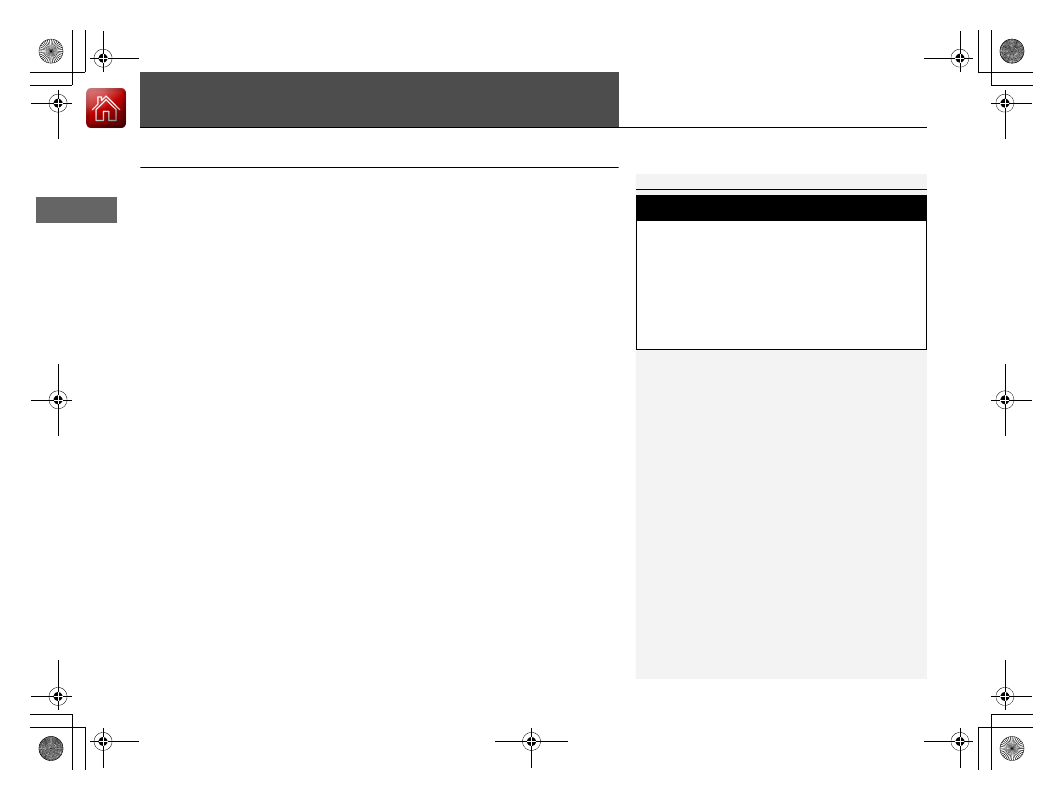Acura NSX (2017 year). Manual - part 3

36
Safe Driving
Seat Belts
About Your Seat Belts
Seat belts are the single most effective safety device because they keep you
connected to the vehicle so that you can take advantage of many built-in safety
features. They also help keep you from being thrown against the inside of the
vehicle, against any passenger, or out of the vehicle. When worn properly, seat belts
also keep your body properly positioned in a crash so that you can take full
advantage of the additional protection provided by the airbags.
In addition, seat belts help protect you in almost every type of crash, including:
- frontal impacts
- side impacts
- rear impacts
- rollovers
■
Lap/shoulder seat belts
Both seating positions are equipped with lap/shoulder seat belts with emergency
locking retractors. In normal driving the retractor lets you move freely while keeping
some tension on the belt. During a collision or sudden stop the retractor locks to
restrain your body. The passenger’s seat belt has a lockable retractor that must be
properly activated when using a forward-facing child seat, should you choose to
disregard our recommendations and install one.
2 Installing a Child Seat P. 63
1
Seat belts cannot completely protect you in every
crash. But in most cases, seat belts can reduce your
risk of serious injury.
Most states and all Canadian provinces and territories
require you to wear seat belts.
The emergency locking retractor may lock if you lean
forward too quickly. Slower movements will allow
the belt to extend fully without locking.
3
WARNING
Not wearing a seat belt properly increases
the chance of serious injury or death in a
crash, even though your vehicle has
airbags.
Be sure you and your passenger always
wear seat belts and wear them properly.
17 NSX-31T6N6000.book 36 ページ 2016年4月22日 金曜日 午後3時44分